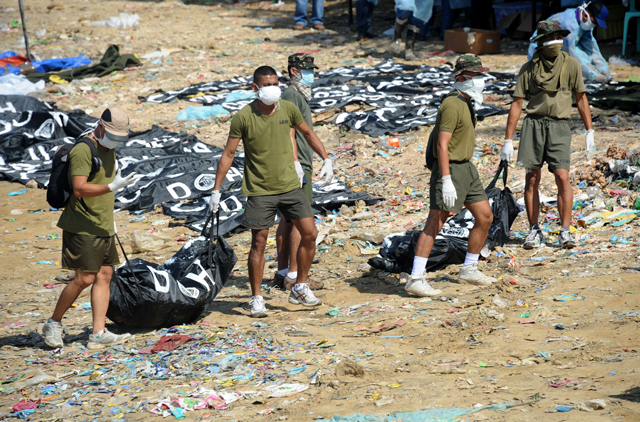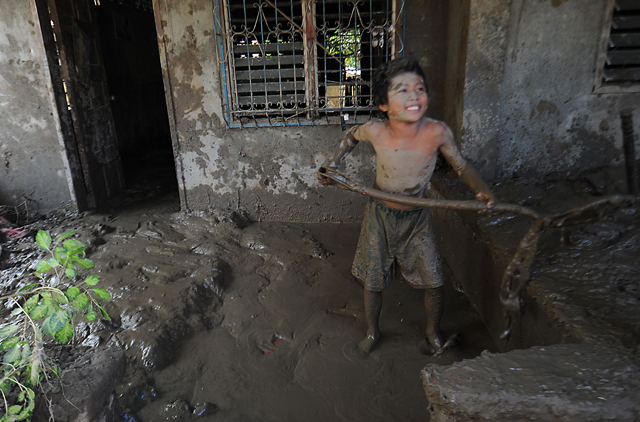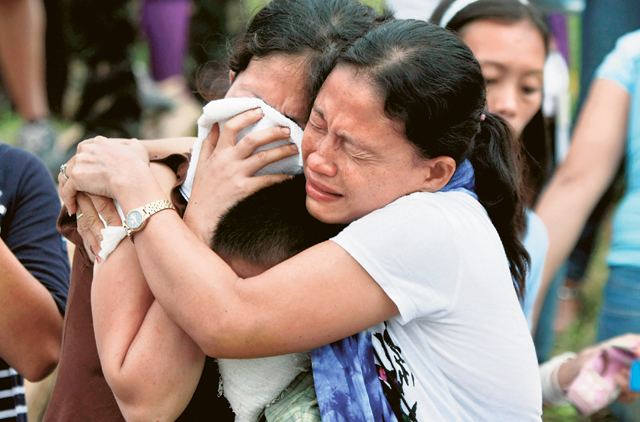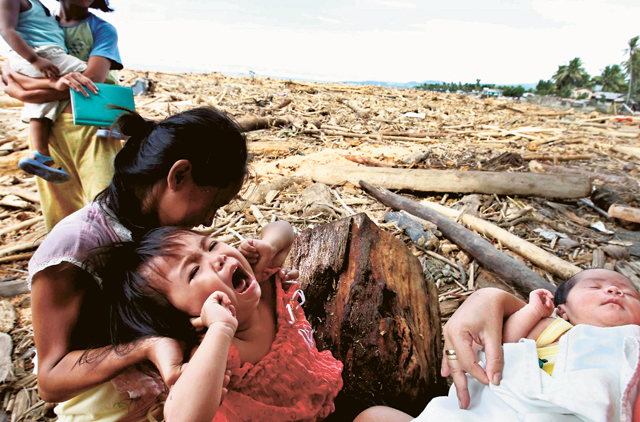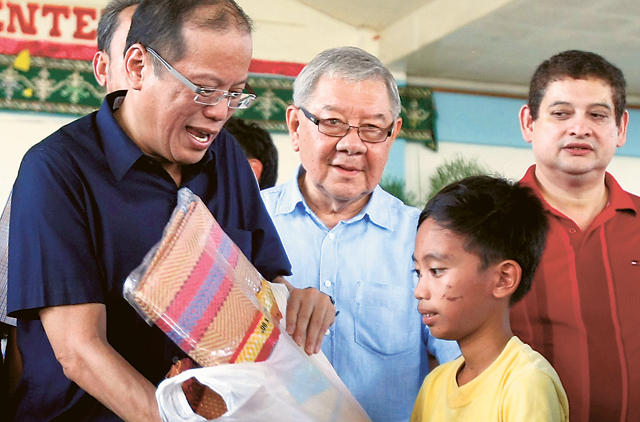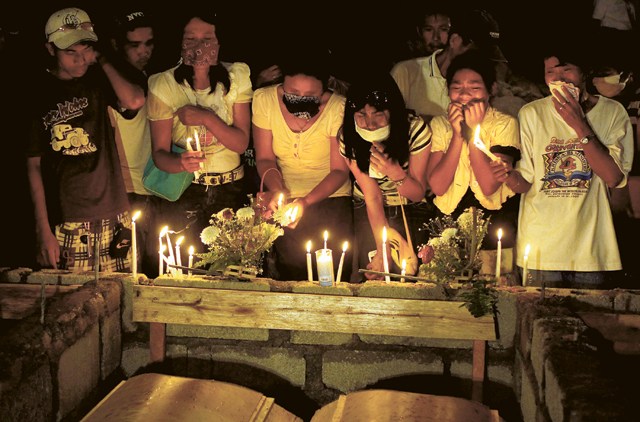
Iligan: The head of the national disaster agency, Benito Ramos, said 1,002 people were killed and dozens more remained unaccounted for on Mindanao island after the landslides, flash floods, and falling logs triggered by typhoon Washi.
Most of Washi's casualties were in the cities of Cagayan de Oro and Iligan, with more than 275,000 people homeless, many now sheltering in dozens of evacuation areas.
Washi brought more than 180mm of rainfall over a 24-hour period over northern Mindanao, more than the average of 113 mm for an entire December month in the area, Rosalina de Guzman of the weather bureau's climate data office told Reuters.
It was the worst typhoon in northern Mindanao in more than 50 years, or since November 1958 when 227mm rain fell, de Guzman said.
Sleeping on sidewalks
Some of the displaced spent the night on sidewalks due to overcrowding in schools, churches, gymnasiums and army bases, raising public health concerns due to poor sanitation and lack of potable water.
Manila: A dog in ill-fated Bayug Island near typhoon-devastated Iligan City in the southern Philippines never left a clump of banana trees where rescuers found an old man alive, a local paper said.
The old man, identified as Lagrimas (Tears) was one of the 435 people who survived Typhoon Washi that inundated mostly Cagayan de Oro and Iligan City, since December 16, the Inquirer said.
Another survivor, Guillermo Uriarte, heroically survived the rampaging waters of Macalajar Bay that swept him 20km away from his home in Cagayan de Oro, towards El Salvador Island. But he lost his wife Rosalyn and two children aged 11 and 7, the Inquirer said, adding he became more miserable because he could not find their bodies.
Typhoon Washi’s death toll had been placed at 1,000. The number of missing could be double the number of the dead, other sources said.
“It will be a dark Christmas for everyone,” Ladi Lluch, administrator of Iligan City, told Gulf News.
“It will be a very sad Holiday Season for everyone, especially in Cagayan de Oro and Iligan City,” said Rosanna Kalingin, wife of Cagayan de oro Councilor Alvin Kalingin.
The handling of the dead in Iligan and Cagayan de Oro was also criticised as insensitive.
Some 40 bodies were doused in formaldehyde while they were dumped at the sanitary landfill (dumpsite) in Cagayan de Oro. The funeral parlours could no longer handle the rising number of dead bodies found after the typhoon, Senior Superintendent Jesus Vinulan told the Inquirer.
Some bodies littered the corridors of understaffed funeral homes, both in Cagayan de Oro and in Iligan City, TV reports said.
Earlier reports said there were only 40 bodies in Cagayan de Oro’s dumpsite. By late yesterday, radio reports said that 100 bodies were seen at the dumpsite.
Viewers were outraged when pictures of abandoned bodies found their way on several social networking sites.
Mindanews, a regional paper with an online edition, said that dumpsites, not funeral homes, should be the place to look for missing loved ones.
Because the number of recovered dead bodies keep rising, local government officials remained divided over choices of mass and individual burials for the dead, specially in Cagayan de Oro and Iligan City, which were hardest hit by Typhoon Washi.
In Iligan City, Lawrence Cruz, mayor of Iligan City announced earlier that there would be a mass burial, with the bodies carefully wrapped in white cadaver bags and sealed by packaging tape. But later, he said tombs would be built for the dead. He did not give details.
Majority of the dead in Iligan were from Bayug Island, menaced by Mandulog River, where 1,500 people were feared dead. Bayug Island was home to 341 families or 1,807 people, but only 100 families or 530 people were accounted for after the typhoon.
In Cagayan de Oro, local government officials debated whether the rotting bodies must be identified first before they are buried in mass graves.
Health Department director Ernie Tayag said the dead should be identified before they are buried. But Teresita Herrera at the office of the mayor was for mass burial because the smell of the dead would bring back harrowing memories of the tragedy and weaken the survivors’ resolve to move on.
Cagayan de Oro’s two ill-fated islands, El Salvador Island and Isa de Oro, were both inundated by heavily silted Macajala Bay and Cagayan de Oro River.


